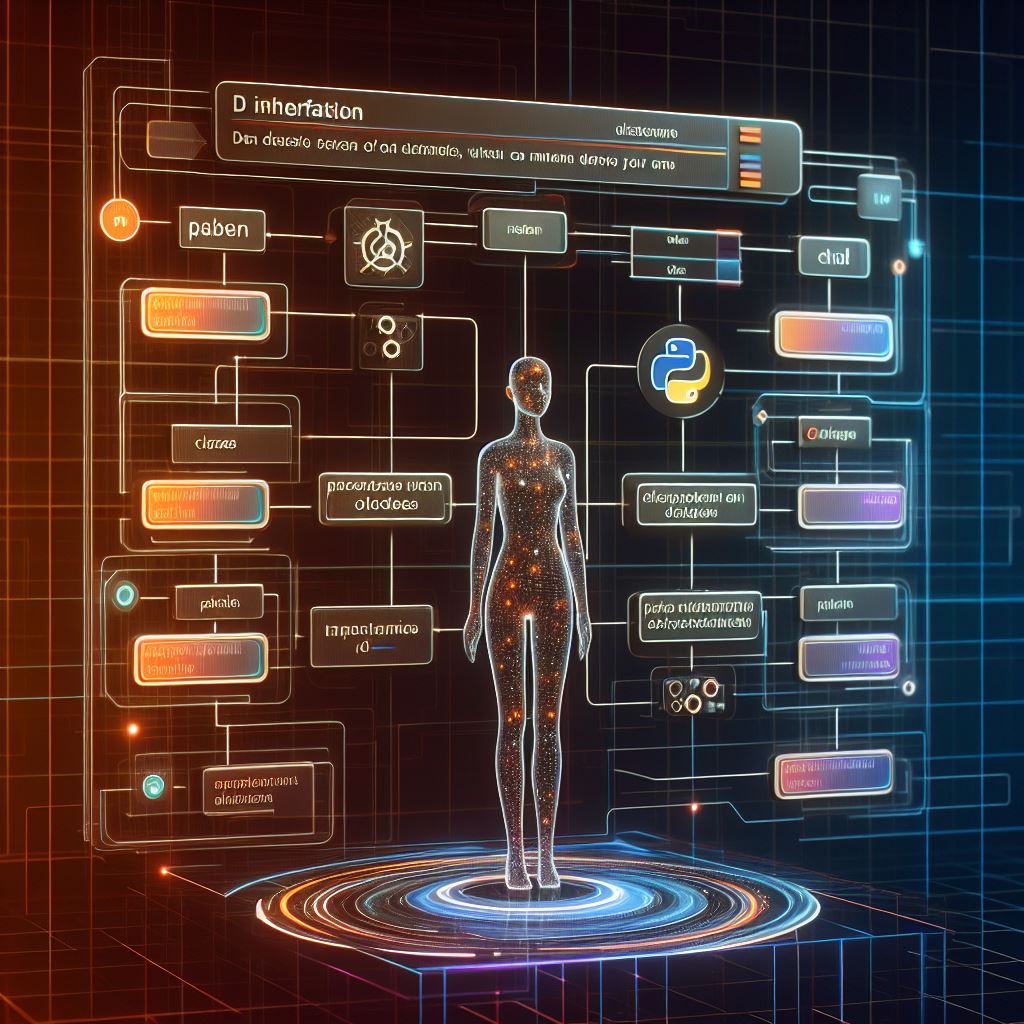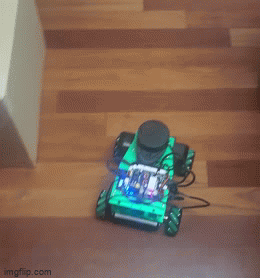In the world of Python programming, understanding the intricacies of class inheritance is like unlocking a treasure trove of possibilities. This fundamental concept in object-oriented programming empowers developers to create organized and reusable code. In this blog post, we will delve into the nuances of class inheritance, providing insights, tips, and real-world examples to help you harness its full potential.

Understanding Class Inheritance
Class inheritance is a mechanism in Python that allows a new class to inherit properties and methods from an existing class. This existing class is referred to as the base class or parent class, while the new class is the derived class or child class.
Syntax
Creating a derived class involves using the following syntax:
class BaseClass:
# Base class definition
class DerivedClass(BaseClass):
# Derived class inheriting from BaseClass
Example
Let’s illustrate this concept with a simple example:
class Animal:
def speak(self):
print("Animal speaks")
class Dog(Animal):
def bark(self):
print("Dog barks")
# Creating an instance of the derived class
my_dog = Dog()
# Accessing methods from the base class
my_dog.speak() # Output: Animal speaks my_dog.bark()
# Output: Dog barks
In this example, the Dog class inherits the speak method from the Animal class.
Key Concepts in Inheritance

Base Class (Parent Class)
The base class is the blueprint from which other classes inherit properties and methods. It forms the foundation of the class hierarchy.
Derived Class (Child Class)
A derived class is created by inheriting attributes and methods from a base class. It can also have its own additional attributes and methods.
Attributes and Methods Inheritance
Inheritance allows the derived class to inherit both attributes and methods from the base class, promoting code reuse.
Tips for Using Class Inheritance Effectively
Hierarchy Planning
Before diving into inheritance, carefully plan your class hierarchy to ensure a logical and organized structure. This aids in better code maintenance and understanding.
Avoiding Diamond Problem
The diamond problem occurs in languages with multiple inheritance when a class inherits from two classes that have a common ancestor. In Python, this is mitigated by the Method Resolution Order (MRO), but it’s essential to be mindful of potential conflicts.
Super() Function
Use the super() function to call methods from the base class in the derived class. This ensures that all relevant code in the inheritance hierarchy is executed.
Override Methods
Encourage the override of methods in the derived class for customization. This allows developers to tailor functionality to specific requirements.
Multiple Inheritance Caution
While Python supports multiple inheritance, it’s crucial to weigh the pros and cons. Be cautious, as it can lead to complex code and potential conflicts.
Benefits of Class Inheritance
Code Reusability

Class inheritance promotes code reuse by allowing derived classes to inherit attributes and methods from a common base class.
Maintainability
A well-structured class hierarchy enhances code maintainability. Modifications and updates are more straightforward when the code follows a clear inheritance structure.
Flexibility and Extensibility
Class inheritance provides flexibility for future modifications and extensions. New functionality can be added to the derived classes without affecting the base class.
Real-world Examples
Consider popular Python libraries or frameworks like Django, Flask, or TensorFlow, where class inheritance plays a vital role in creating extensible and modular codebases. For instance, in web development, you might have a base class for generic views and derive specific views for each page.
Conclusion

As we wrap up our exploration of Python’s versatile toolkit, it’s crucial to acknowledge that our foray into the realm of Class Inheritance in Python serves as a powerful guide. When employed thoughtfully, this tool has the potential to mold code into a structure that is not only more organized but also highly reusable and easily maintainable. By grasping the fundamental concepts, adhering to best practices, and immersing ourselves in real-world examples, we empower ourselves to unlock the full potential of class inheritance in Python projects. Embrace this core concept, and witness your code evolve into a more flexible and scalable entity.
In the dynamic world of Python class inheritance, our journey takes a pivotal turn. The endeavor of leveraging and structuring our code becomes a guiding light in the ever-expanding universe of Python projects. Nice Future Inc. stands as your unwavering companion, providing support not only within the confines of class inheritance but also in broader domains where the fusion of creativity and technology takes center stage.
As we navigate the horizons of Python projects, always remember that Nice Future Inc. is here to walk beside you. Whether you’re a seasoned developer or a curious novice, immerse yourself in the Python community. The exploration is ongoing, with more code to create, challenges to conquer, and delightful experiences to encounter. Embrace the promising future of Python, stay connected, and relish the coding journey!
Nice Future Inc. is gearing up to return soon, armed with additional insights and innovations for the tech enthusiasts of tomorrow. Here’s to the thrilling adventures that lie ahead!
Stay connected and happy coding! Nice Future Inc. eagerly anticipates our next encounter!
Subscribe to our newsletter!




